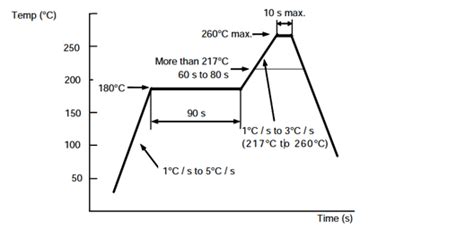
How Often Can You Raise a PCB to Lead-free Soldering Temperatures?
Understanding Soldering Temperatures and PCB Thermal Stress When it comes to assembling electronic components on a printed circuit board (PCB), soldering is a crucial process[…]
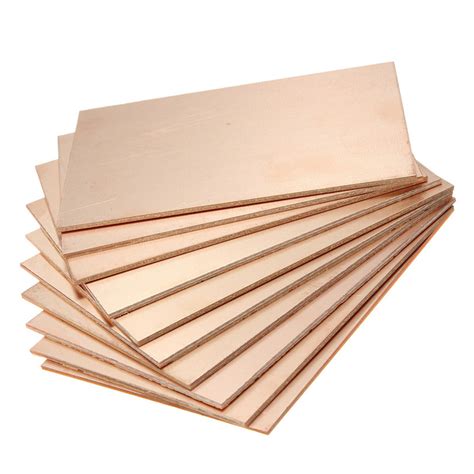
Copper and the Board Edge
Introduction to Copper in PCB Design Copper is the primary conductive material used in printed circuit board (PCB) design due to its excellent electrical conductivity,[…]
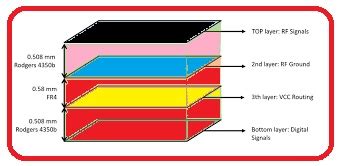
Understanding Manufacturing Tolerances on a PCB – Finished PCB Thickness Tolerance
What is PCB Thickness Tolerance? PCB thickness tolerance refers to the acceptable variation in the thickness of a printed circuit board (PCB) from the nominal[…]

Placer camera-assisted manual pick and place machine
Introduction to Placer-camera machines Placer camera-assisted manual pick and place machines have revolutionized the manufacturing industry by providing a cost-effective and efficient solution for assembly[…]
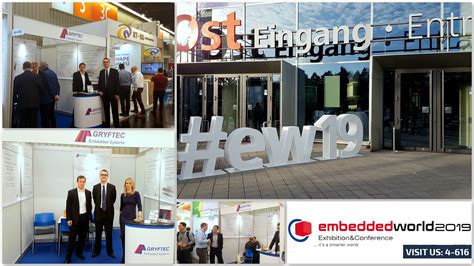
Embedded World 2024 – Your Personal Ticket
Introduction to Embedded World 2024 Embedded World is the world’s leading trade fair for embedded systems technology. It is an annual event that takes place[…]
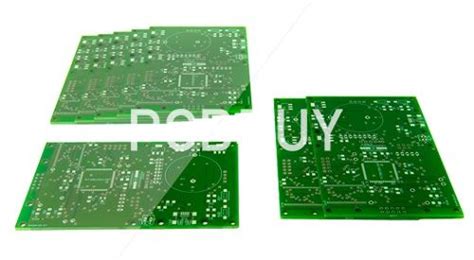
Understanding Bow and Twist on a PCB
What is PCB Warpage? PCB warpage, also known as bow and twist, is a common issue encountered during the manufacturing process of printed circuit boards[…]
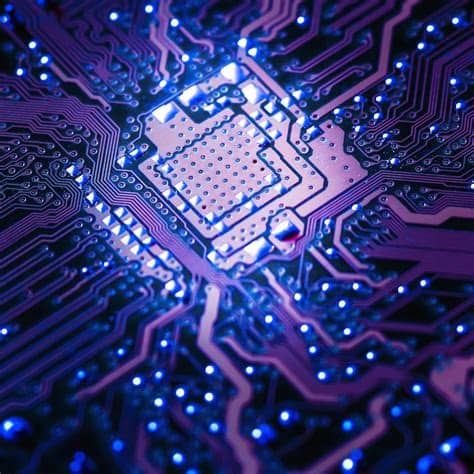
10 Rules for Better Data – Avoid PCB Design Issues
Introduction Printed circuit board (PCB) design is a complex process that requires careful attention to detail and adherence to best practices to ensure optimal performance,[…]
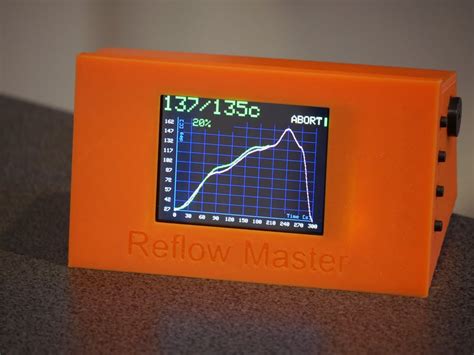
Rayming-reflow-pilot door open
Introduction to Rayming-reflow-pilot Rayming-reflow-pilot is a cutting-edge technology designed to optimize the reflow soldering process in electronics manufacturing. This innovative system ensures precise control over[…]
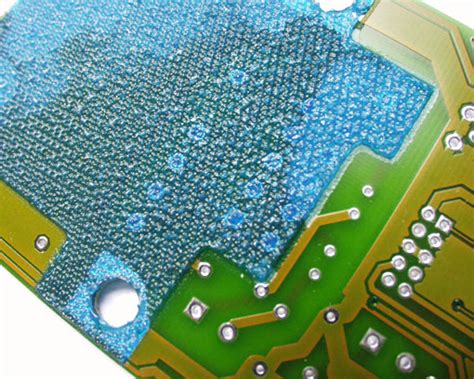
What is Soldermask (SM)?
What is Soldermask Made of? Soldermask is typically composed of a photoimageable polymer that is applied to the surface of a PCB. The most common[…]

Edge Connectors with Gold Surface
Introduction to Gold-Plated Edge Connectors Gold-plated edge connectors are a type of electrical connector commonly used in printed circuit boards (PCBs) to establish a reliable[…]